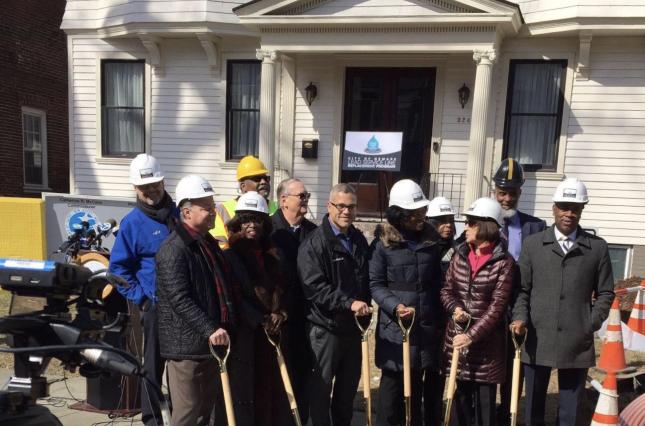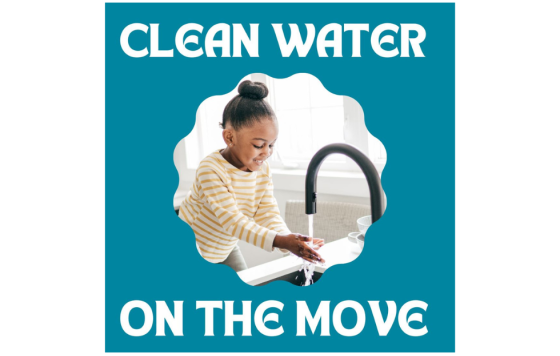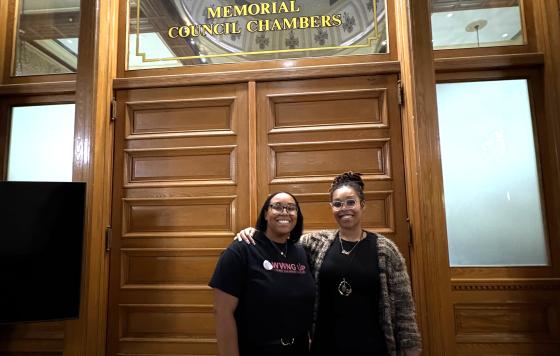
The U.S. Environmental Protection Agency (EPA) has proposed updates to the Safe Drinking Water Act Lead and Copper Rule and is accepting public comments through February 5, 2024.
Make Your Voice Heard - Comment Today
On January 16th 2024, EPA held a virtual public hearing at which individuals and organizations provided two and a half minute comments. Here’s what I told EPA:
My name is Lynn Thorp and I am the National Campaigns Director for Clean Water Action and Clean Water Fund. The Lead and Copper Rule proposal reflects a recognition that we can and must continue to reduce lead in drinking water.
Our engagement around Lead and Copper Rule updates have emphasized the need to fully replace all lead service lines. We will comment on other aspects of the LCRI proposal in writing,
Fully replacing all lead service lines is an ambitious undertaking whose time has come.
- We have long known that lead can harm the developing brains of infants and children. Now we know that even low-level exposure contributes to cardiovascular disease, which widens the circle of concern. Replacing lead service lines - the largest source of lead where they are present – will reduce lead in drinking water and therefore overall lead exposure, every bit of which matters to everyone’s health.
- Because exposure to all sources of lead disproportionately burdens people of color and low-income people, any added exposure from lead in drinking water compounds this inequity.
- And lastly, momentum toward this goal is greater than it has ever been as indicated by water system activities, state policy developments, Congressional interest, and EPA’s own proposal.
We have also consistently urged EPA to require water systems to cover the full cost of replacement regardless of ownership or whether the line is located under private or public property. The environmental justice review commissioned by EPA as part of the LCRR rulemaking process in 2019 found that presuming customers must pay for things, including covering part of the cost of lead service line replacement, leaves low-income people with inequitable access to the benefits of reducing lead in their water and puts them at disproportionately higher health risk.
While requiring customers to contribute has historically been a common practice, this is changing. Water systems are finding ways to conduct and finance replacements without customer contributions. Perpetuating this antiquated approach will undermine the lead service line replacement and public health protection goals of the proposal.
Thank you for the opportunity to comment on the LCRI proposal here today.
Please help us make sure that EPA hears loud and clear that it’s time to put lead service lines behind us and modernize our drinking water systems.



